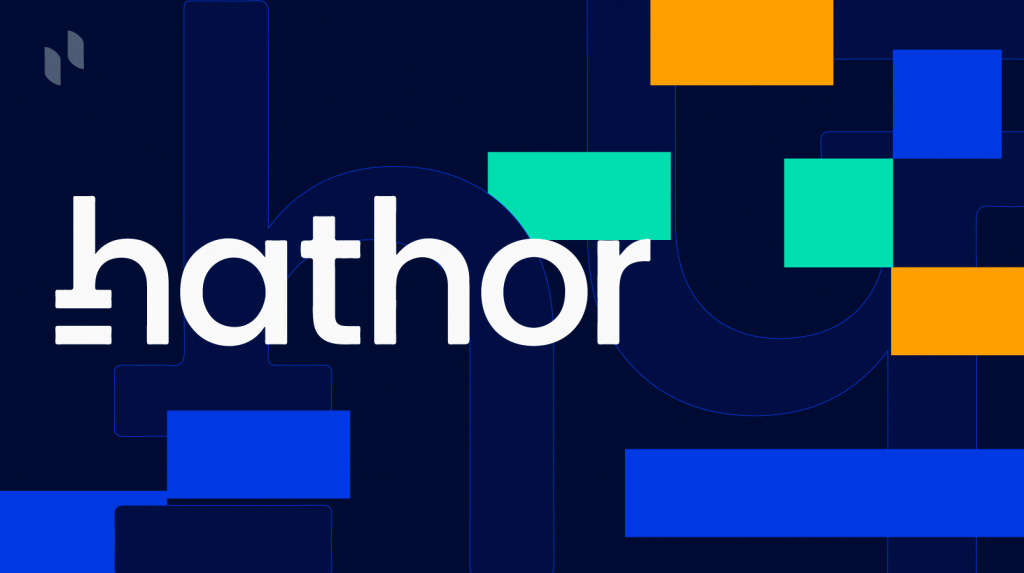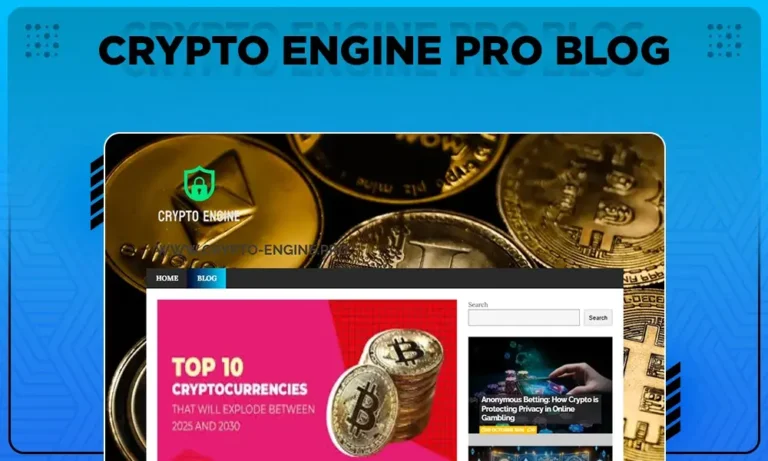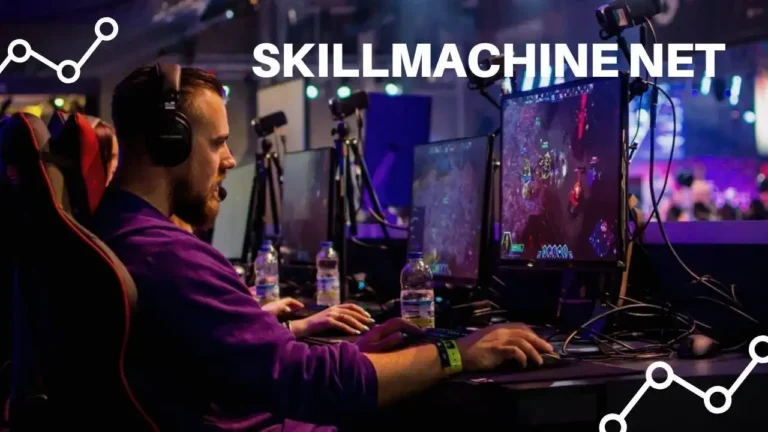Hathor Mining Platform: A Simple Guide to Mining HTR
The Hathor Mining Platform is a blockchain system that stands out in the world of cryptocurrency. It mixes blockchain with Directed Acyclic Graph (DAG) technology to create a fast, easy-to-use, and efficient network. If you’re curious about mining HTR, Hathor’s native coin, this guide will walk you through everything you need to know. From how it works to why it’s a smart choice for miners, we’ll cover it all in this 2500+ word post.
This blog post is for anyone interested in the Hathor Mining Platform—whether you’re a beginner or a seasoned miner. We’ll look at its setup, mining process, benefits, and real-world uses. By the end, you’ll have a clear picture of how to start mining HTR and why Hathor matters in the crypto space.
What Is Hathor?
Hathor is a blockchain platform launched in 2020. It’s built to handle lots of transactions quickly and cheaply, making it different from older systems like Bitcoin or Ethereum. What makes Hathor special is its use of both blockchain and DAG technology. This combo lets it process thousands of transactions per second without charging high fees.
The Hathor Mining Platform is also miner-friendly. It uses a system called merged mining, which lets miners earn HTR while mining Bitcoin or Litecoin using the same equipment. This saves energy and boosts profits, which is a big win for anyone in the mining game.
In short, Hathor is a blockchain that’s fast, secure, and practical. It’s great for miners, developers, and businesses looking for a better way to handle digital assets. Let’s break down how it works and why it’s worth your time.
How Hathor’s Setup Works
Hathor’s system is a mix of two ideas: blockchain and DAG. Here’s what that means in simple terms.
-
Blockchain: This is a chain of blocks, each holding a bunch of transactions. Miners check these transactions and add new blocks to the chain. It’s secure but can get slow and expensive when lots of people use it.
-
DAG (Directed Acyclic Graph): This is like a web of transactions. Instead of one line of blocks, transactions connect in many directions. This setup lets the network handle more activity at once, making it faster and cheaper.
Hathor uses blockchain to keep things safe and DAG to make them quick. Picture it like a highway with a main road (blockchain) and smaller side roads (DAG). The main road keeps traffic moving smoothly, while the side roads let more cars travel at the same time. This mix is why Hathor can scale up without slowing down.
The Hathor Mining Platform relies on this setup to offer free transactions and fast speeds. It’s a big reason why miners and users are paying attention to it.
Mining on the Hathor Platform
Mining is how Hathor keeps its network running. Miners check transactions and add new blocks, earning HTR as a reward. Here’s a look at how it works.
Proof-of-Work System
Hathor uses Proof-of-Work (PoW), just like Bitcoin. Miners solve tricky math problems with their computers. The first one to crack it adds the next block and gets paid in HTR. Hathor uses the SHA256 algorithm, which is the same one Bitcoin uses. This means miners can use the same gear for both.
Block Rewards
Right now, miners get 8 HTR for every block they mine. This reward dropped from 16 HTR after Hathor’s final halving. Once you earn it, the HTR is locked for about 2.5 hours (300 blocks) before you can use it. This helps keep the network stable.
Mining Pools
Solo mining HTR is tough because the network’s hashrate is high—around 90 Ph/s. Most miners join pools instead. In a pool, you team up with others to share computing power. When the pool mines a block, everyone splits the reward based on how much they helped. It’s a steadier way to earn HTR.
Hardware Needs
Since Hathor uses SHA256, you can mine it with Bitcoin mining hardware like ASICs. If you’re already mining Bitcoin, you don’t need new equipment to start with Hathor. This makes it easy to jump in.
Mining on the Hathor Mining Platform is straightforward and efficient. It’s built to work with what miners already have, which is a big plus.
Why Merged Mining Matters
Merged mining is a key feature of the Hathor Mining Platform. It lets miners earn HTR while mining Bitcoin or Litecoin without extra effort. Here’s why that’s a big deal.
Saves Energy
With merged mining, you use the same power to mine two or more coins. You don’t need to run separate setups for HTR and Bitcoin. This cuts down on electricity use, making it a greener choice.
Boosts Earnings
Miners get rewards from multiple coins at once. Even if Bitcoin’s hashrate is huge, adding HTR to your haul can make mining more profitable. It’s like getting a bonus for work you’re already doing.
Easy to Set Up
You don’t need special software for merged mining. Just connect your Bitcoin mining setup to Hathor’s servers, and you’re good to go. It’s a simple way to double up on rewards.
Stronger Network
Merged mining ties Hathor to Bitcoin’s massive mining power. This makes the Hathor network more secure without needing its own giant hashrate from scratch.
Merged mining is a smart move for the Hathor Mining Platform. It helps miners save money, earn more, and keep the network safe—all at the same time.
How to Start Mining HTR
Ready to mine HTR? Here’s a step-by-step guide to get you going. It’s simple, especially if you’ve mined Bitcoin before.
Step 1: Pick a Mining Pool
Joining a pool is the best way to mine HTR. Look for one with low fees, a solid reputation, and plenty of power. Pools like f2pool or Poolin are good options. Check their websites for details on how to sign up.
Step 2: Set Up Your Gear
You’ll need SHA256 mining hardware, like an ASIC. If you mine Bitcoin, your current setup will work. Plug it in, connect to the internet, and make sure it’s running smoothly.
Step 3: Get Mining Software
For direct HTR mining, grab software like cgminer from Hathor’s GitHub. If you’re doing merged mining with Bitcoin, your existing software is fine—no changes needed.
Step 4: Connect to a Server
Hathor has public servers you can use. For direct mining, connect to stratum+tcp://stratum.node5.mainnet.hathor.network:8081. For merged mining, use stratum+tcp://beta.mm.hathor.network:3333. Add your Hathor wallet address to get paid. For merged mining, include your Bitcoin address too, like this: {HTR_ADDRESS}.{BTC_ADDRESS}.
Step 5: Start Mining
Run your software, and you’re off. Your hardware will start solving problems and earning HTR. Keep an eye on your pool’s dashboard to track progress.
Step 6: Check Your Rewards
Pools show your hashrate and payouts online. Log in to see how much HTR you’re making. Adjust your setup if you want better results.
That’s it! With these steps, you’re mining HTR on the Hathor Mining Platform. It’s a low-hassle way to join the network.
Hathor in the Real World
Hathor isn’t just for mining—it’s being used in real projects too. One big example is Tokenizadora, a company in Brazil.
Tokenizadora
This group turns real-world stuff—like property or stocks—into digital tokens on Hathor. They’ve minted over $40 million in assets so far. Hathor’s quick transactions and no-fee setup make it perfect for this. It shows how the platform can link old-school finance with new tech.
Other Ideas
Hathor could also work for things like decentralized finance (DeFi), tracking supply chains, or even games. Its speed and low cost open doors for all kinds of uses. Developers are starting to notice its potential.
The Hathor Mining Platform isn’t just a theory—it’s already making waves in practical ways.
Handling Common Questions
People have questions about Hathor, and that’s fair. Here’s how it tackles some big ones.
Is It Safe?
Some wonder if mixing blockchain and DAG weakens security. Hathor uses PoW and taps into Bitcoin’s mining power through merged mining. This keeps it as safe as top networks. It’s built to stop issues like double-spending too.
What About Energy Use?
Mining takes a lot of power, and PoW gets flak for that. Hathor’s merged mining cuts this down by letting miners use one setup for multiple coins. It’s not perfect, but it’s a step toward less waste.
Can It Handle Growth?
Older blockchains slow down when busy. Hathor’s DAG setup lets it process tons of transactions at once. It’s ready to grow without hitting a wall.
The Hathor Mining Platform has answers for these concerns. It’s built to be safe, efficient, and ready for more users.
Tips for Better Mining
Want to get the most out of mining HTR? Try these ideas.
-
Pick the Right Pool: A pool with low fees and high power means more HTR for you. Do some homework to find the best fit.
-
Tune Your Hardware: Adjust your ASIC settings for top performance. Check the manual or online guides for tips.
-
Stay Updated: Hathor’s network changes—like halvings—affect rewards. Follow their social media or forums to keep up.
-
Test Merged Mining: If you mine Bitcoin, add HTR to your setup. It’s free money with no extra cost.
These steps can help you earn more from the Hathor Mining Platform.
Why Choose Hathor?
Hathor stands out for a few big reasons.
-
Speed and Cost: Free, fast transactions beat the slow, pricey fees on other networks.
-
Merged Mining: Earn HTR and other coins together, saving energy and boosting profit.
-
Real Uses: Projects like Tokenizadora prove Hathor works outside the lab.
-
Easy Access: Use Bitcoin gear and join pools to start mining with little fuss.
It’s a platform that’s practical for miners and useful for others too.
Final Thoughts
The Hathor Mining Platform is a fresh take on blockchain. Its mix of blockchain and DAG makes it fast and scalable, while merged mining keeps it efficient for miners. Whether you want to mine HTR or build something on Hathor, it’s a system worth checking out.
If you’re a miner, Hathor offers a chance to earn more with gear you already have. If you’re a developer or business, its speed and low costs could fit your needs. Either way, Hathor is part of the next wave of crypto tech.
Ready to give it a shot? Set up your rig, join a pool, and start mining HTR today. The Hathor Mining Platform is waiting.






